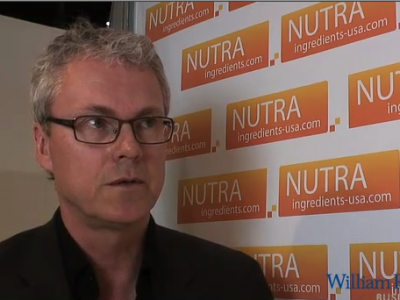Keys to functional foods success
A new book by one of the world’s leading functional food marketing experts, Peter Wennstrom, has distilled those factors into four key points that must ring positively in a consumer’s information-overloaded and time-starved brain before a functional product gains access to the holy shopping basket.
The big four are:
- Does the consumer need the product?
- Does she accept the ingredient?
- Does she understand the benefit?
- Does she trust the brand?
“If you are an ingredients company, identifying the ideal Four Factors target tells you which potential companies to approach with your product,” Wennstrom writes.
“It can allow you to develop product examples which “make it real for them” – moving you from technical push to consumer pull.”
The book applies the four factors to successful products such as Danone’s Actimel, Raisio-owned Benecol and the UK-based innocent smoothie company.
Failures are also scrutinised such as Emmi’s CoEnzyme Q10 sports drink which flopped after about a year on-market and Novartis Aviva.
Beyond the physical product
“By applying this checklist again and again across multiple categories and across continents some key lessons emerge for anyone planning to launch a functional or health-enhancing food or beverage,” Wennstrom writes.
“These make it very clear that you need to be innovative beyond the physical product.”
Wennstrom noted successful brands have high levels of convenience and lifestyle in-built in packaging, with many successful brands, such as probiotic spoonable yoghurts and drinks, coming in a single-serve packages.
Companies needed to think about novel modes of distribution such as mass sampling and one-on-one education such as had been successfully employed by the calcium-bone health product, Anlene. Attaining the status of “expert positioning” was key as it permitted premium margins and loyal customers who strongly checked each of the ‘four factors’.
Seven seconds, seven centimetres
Wennstrom notes that shoppers typically decide within seven seconds whether to move their hand seven centimetres from one product on a shelf to another.
“The key to creating added value in health-enhancing foods is to be able to translate the health benefit(s) of your product – or its ingredient – into a motivating message for your target consumer at the point of purchase,” he writes.
• develop a keen understanding of the psychology, needs andbehaviour of the consumer group you are aiming the product at
• accept and understand consumers’ many ways of perceiving food and health, and realise that they will experience health benefits on a physical, intellectual and emotional level”












